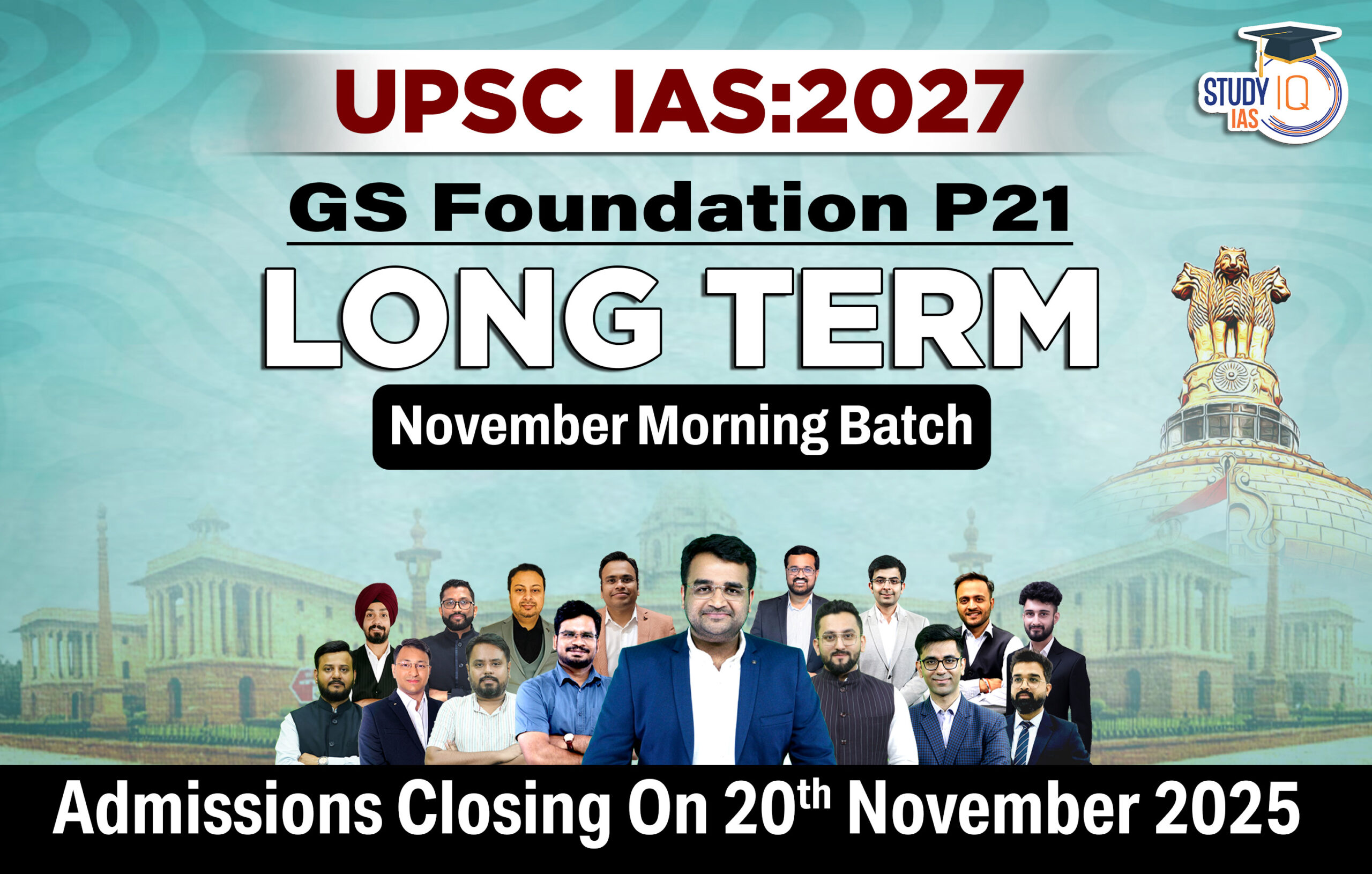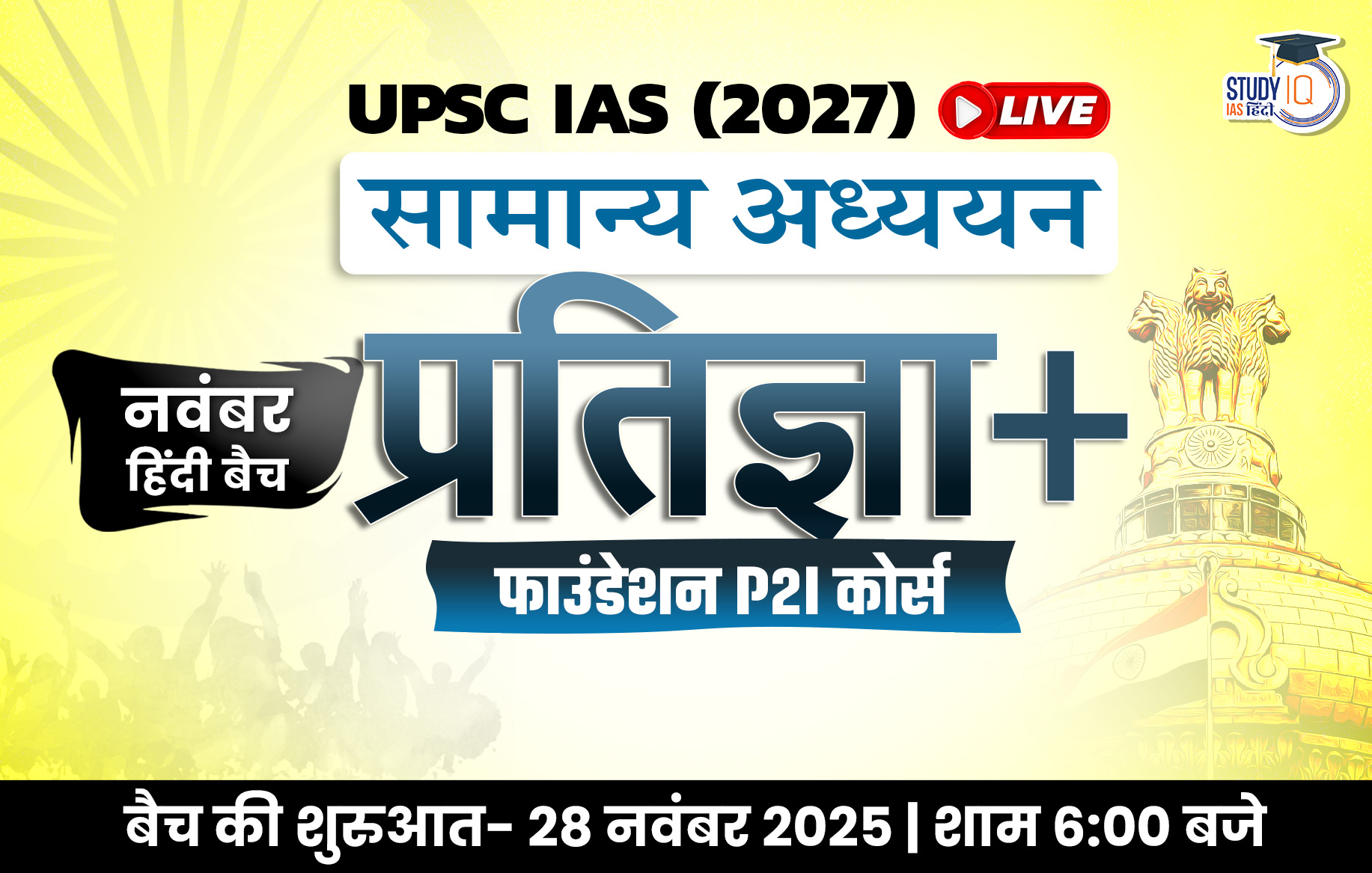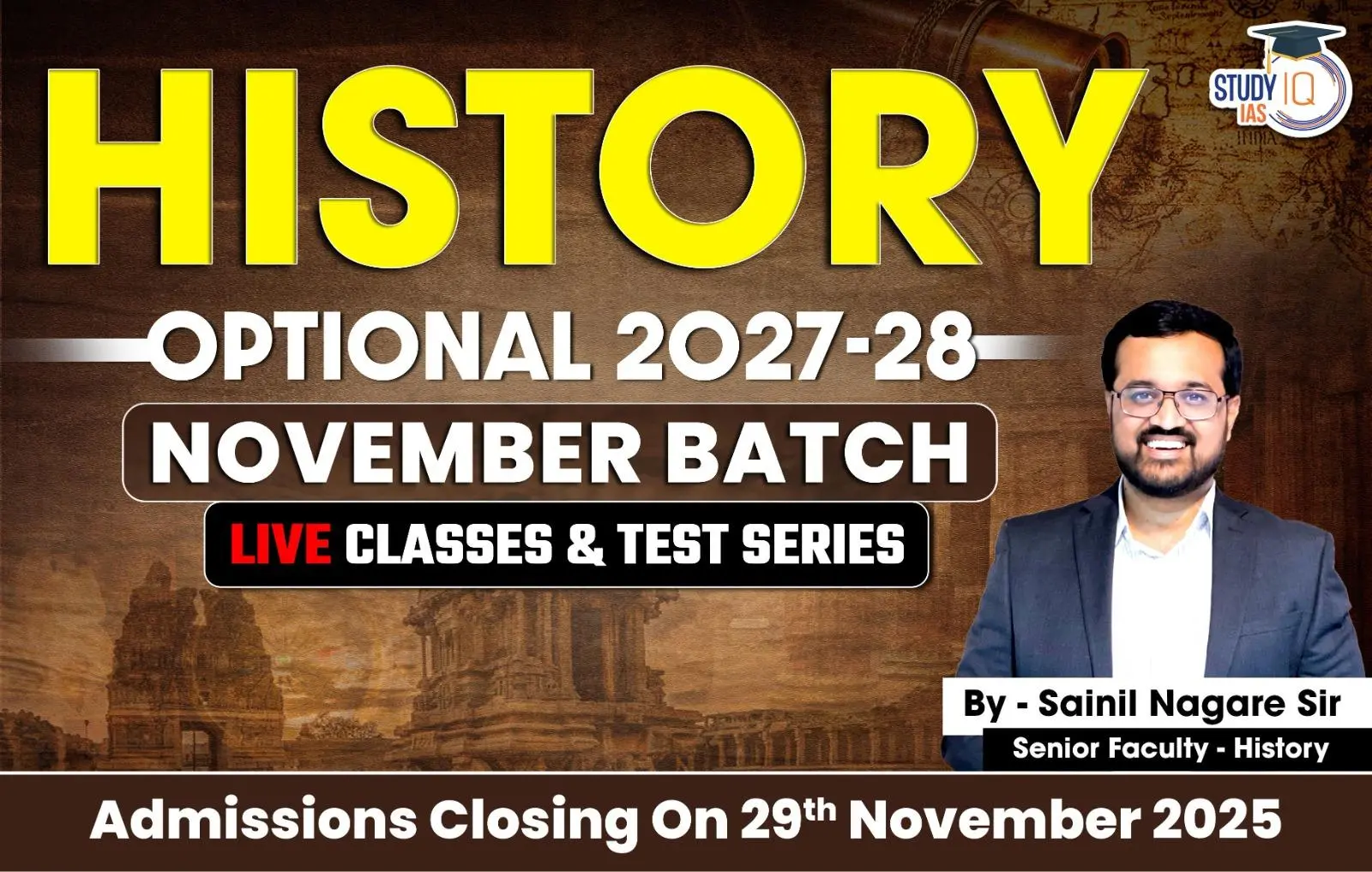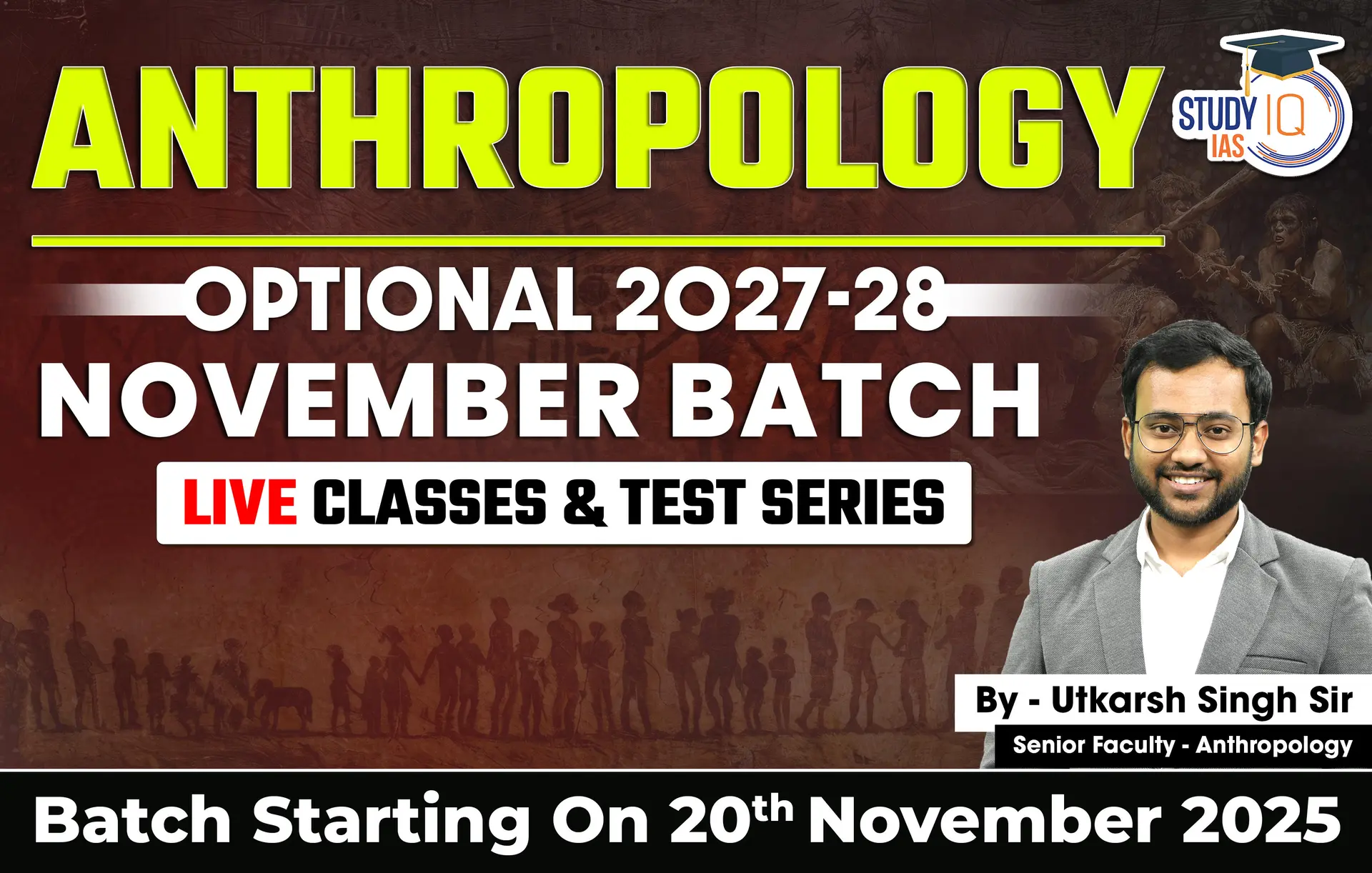Table of Contents
Context: The Environment Ministry has notified the Environment Protection (Management of Contaminated Sites) Rules, 2025 to legally address sites contaminated by hazardous chemicals and wastes.
Environment Protection (Management of Contaminated Sites) Rules, 2025
- Definition: Contaminated sites are areas where hazardous waste dumping has caused pollution of soil, water, and air, posing health and environmental risks.
- Current status: 103 contaminated sites identified; only 7 under active remediation.
- Origins: Based on the 2010 Capacity Building Program for Industrial Pollution Management and the National Program for Remediation of Polluted Sites.
Objectives
- Create an inventory of probable contaminated sites.
- Develop guidelines for assessment and remediation.
- Establish legal, institutional, and financial frameworks for cleanup.
| Aspect | Details |
|---|---|
| Notification Date | July 24–25, 2025 |
| Legal Authority | Environment (Protection) Act, 1986 |
| Process Duration | 90 days (preliminary), +90 days (detailed) |
| Polluter-Pays Principle | Responsible persons bear the remediation cost |
| Funding Options | Environmental Relief Fund; Centre-State cost-sharing |
| Transparency Measures | Central online portal, public consultations |
| Oversight Mechanism | Technical/central committees; annual reports |
| Exempted Sites | Radioactive, mining, marine oil, solid waste dumps (unless complex contamination) |
- Accountability: Criminal liability applies under Bharatiya Nyaya Sanhita (2023) if contamination causes harm.
- Exemptions: Radioactive waste, mining waste, sea oil pollution, and dump-site solid waste handled under other laws.
- Gap: No fixed timeline for cleanup completion after identification.
New Rules on Chemically Contaminated Sites
The Ministry of Environment, Forest and Climate Change has promulgated new regulations, the Environment Protection (Management of Contaminated Sites) Rules, 2025, to deal with chemically contaminated sites throughout India. The new regulations set up a formal legal regime for locating, assessing, and remediating sites where toxic waste has been disposed of in the past, contaminating the ground and water.
Process under the new rules
- Districts submit half-yearly reports on suspected sites.
- State boards/reference organisations assess and declare contamination.
- Responsible polluters bear remediation costs; otherwise, the Centre and State arrange cleanup.
- Public disclosure if contamination exceeds safe limits.
Major Provisions of the New Rules
- Identification and Reporting: District governments are now obligated to provide half-yearly reports on “suspected contaminated sites” to a State Pollution Control Board or a specified “reference organisation.”
- Assessment Process: An initial assessment should be done within 90 days, and then a thorough survey to establish contamination within another 90 days. The thorough survey identifies 189 dangerous chemicals given in the Hazardous and Other Wastes (Management and Transboundary Movement) Rules, 2016.
- Remediation and Liability: If a site is found to be contaminated, a remediation plan has to be prepared by an expert body. The State board will then be required to establish the responsibility of the party within 90 days, and that party will be held responsible for paying the cost of the clean-up according to the “polluter pays” principle. If the polluter is unable to pay or is nowhere to be traced, the Central and State governments will share the responsibility.
- Public Notification: Contaminated sites will be notified to the public, and they may be closed to access.
- Criminal Liability: Loss of life or significant damage caused by contamination will be dealt with under the Bharatiya Nyaya Sanhita (2023) provisions in respect of criminal liability.

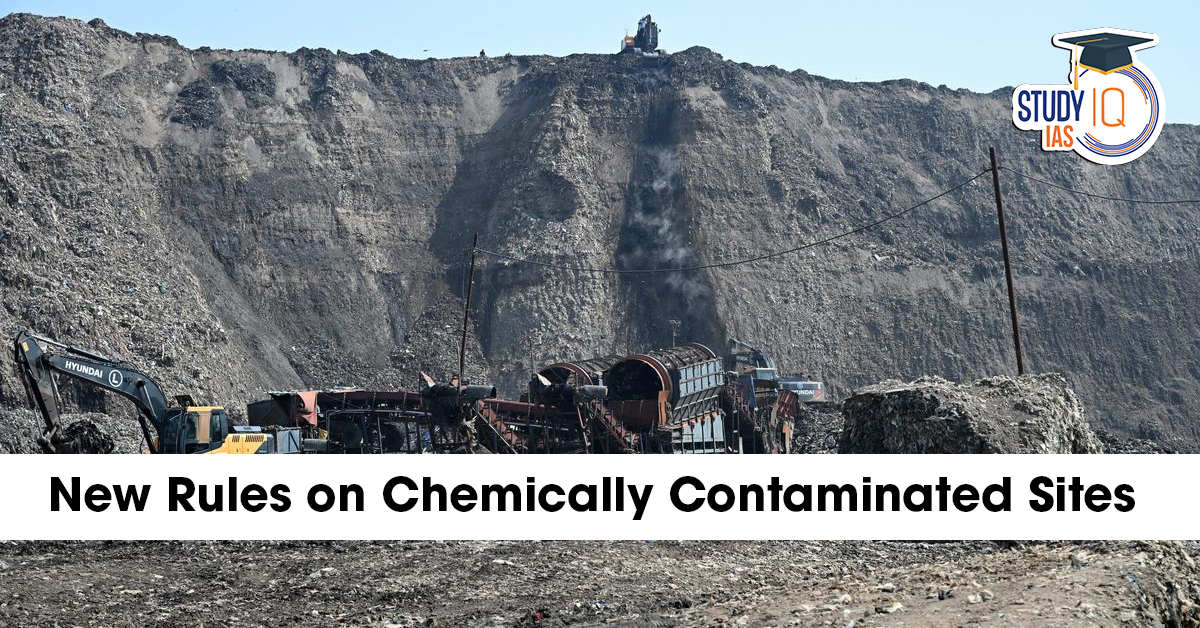
 Bonnet Macaques: Habitat, Features, Beha...
Bonnet Macaques: Habitat, Features, Beha...
 Periyar Tiger Reserve, Map, Flora, Fauna...
Periyar Tiger Reserve, Map, Flora, Fauna...
 Project Cheetah in India, Objectives, Ch...
Project Cheetah in India, Objectives, Ch...

